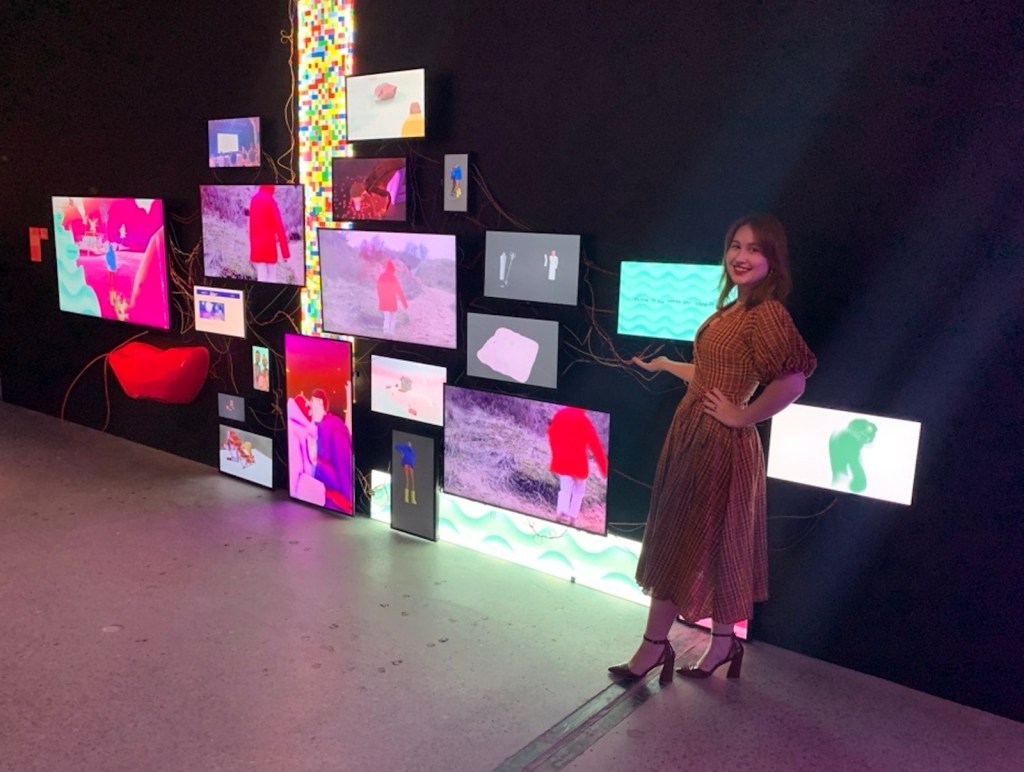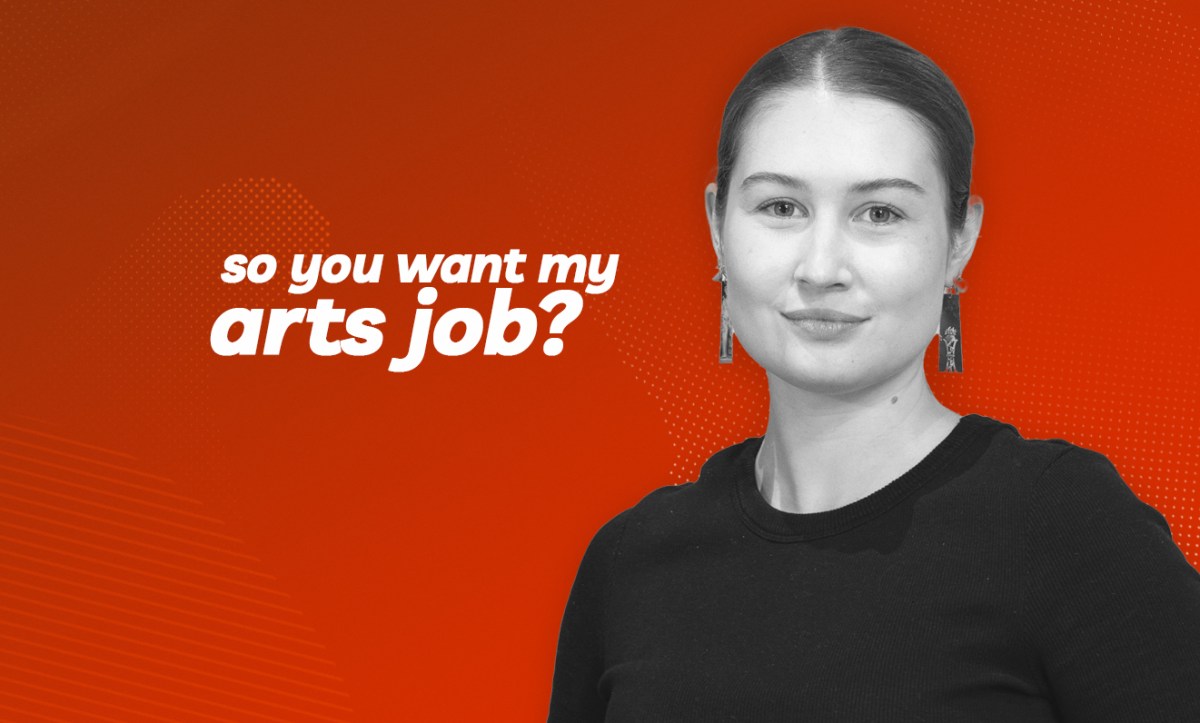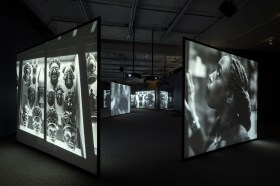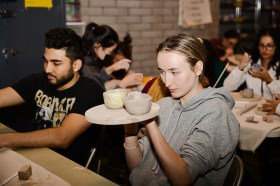The gaming sector is pumping, so it is not surprising that there has been a rise in new positions being created within art galleries and museums to make sense of the trend.
One such position is Program Curator/Strategic Projects (Games) at Powerhouse Museum (Australia), which Chloe Appleby stepped into this year. While the position may be new, Appleby is not new to Powerhouse. She started her career with the Museum as a Curatorial Intern in 2015, and subsequently went on to hold positions as Casual Programs Producer, Visitor Services Officer, Assistant Registrar and Curatorial Assistant. It is the kind of “portfolio career” that is desired today by many organisations, knowing that a helicopter view of organisational activities and connectivity makes for a strong offering.
Rounding out her early career, Appleby has also worked for Hurstville Museum and Gallery, was Registry Intern for the Museum of Transport and Technology (MOTAT) in Auckland, New Zealand, and held a board position with Freeplay – the world’s longest-running independent games festival, located in Melbourne.
ArtsHub catches up with Appleby to find it exactly what it is that a Games Curator does.
How would you describe what you do to a non-arts friend?
When I tell people I am a Games Curator it is often followed by, ‘Oh cool! What is that?’ or ‘You’re so young!’ (thank you). As a Curator, I get to create meaningful exhibitions and programs while acquiring significant objects for the Museum. It is also my responsibility to best represent games in Greater Sydney and Australia. I look for new ways of engaging with different communities. The fun part is that I get to play some games briefly at work – but only for research purposes.
What qualifications do you need to be a games curator?
There are so many ways to get into museums, there is not one set path! I have a major in Ancient History (Bachelor of Arts) and a Master of Museum and Heritage Studies. Having a deep understanding of museology and new practices in the field in essential!
How did you get your start in this career?
Through a lot of hard work and many hours volunteering! I started as an intern as part of my undergraduate degree at the Powerhouse Museum under Dr Paul Donnelly (now Deputy Director of the Chau Chak Wing Museum) in 2015. After becoming infatuated with museums, I continued volunteering in the curatorial team with Margaret Simpson while studying my master’s and working at various part-time jobs.
I have been extremely lucky to work across the museum sector wearing different hats, including as a Gallery Assistant, an Assistant Registrar, a Program Producer, a Delivery Officer and as a Visitor Services Officer. These roles have helped shaped my practice and think holistically when working on various projects.
My big break was landing a role as an Assistant Curator at Powerhouse, where I worked on various exhibitions. During this time, I quickly found my specialisation, as I wouldn’t stop talking about games to the team.
How collaborative is this job?
Being a Curator is an extremely collaborative job, particularly in games, as you must work in tandem to deliver projects. The phasing and development of game projects and exhibitions are different and require greater communication with relevant teams and stakeholders. I also collaborate widely with game developers, industry experts and key players in the games community, finding new ways to showcase their work.

What’s an average week like as a games curator?
Very corny, but there is no such thing as an average week in this job. One day I could be working on acquisitions and speaking at large festivals the next. It does depend on what projects I am currently working on; at the moment it is meeting with community and planning for the year ahead.
What’s the most common misconception about your job?
That games are for kids and the preconceived notion that a curator is a stuffy old hoarder. Games are the medium of this century and allow audiences to engage with museums and collections through more tactile means. I also get to explore unique storytelling through games in ways often not achievable with labels.
How competitive is this job?
People who are entering the industry need to be aware that jobs in the museums and galleries space are extremely competitive. At different career points, you need to discover your unique niche and build relationships to be successful. A Games Curator is a highly specialised role, which maximises relationships in traditional museum spaces, communities and the games industry.
Read: 29 jobs to consider for a career change in 2024
In an interview for your job, what skills or qualities would you be looking for?
Knowledgeable, charismatic, hard-working, advocating for the space, has a sense of community, able to communicate effectively and loves games.
What’s changing in your professional area today?
The museum space has evolved beyond traditional methods of engagement, and I am so excited to explore more meaningful ways of connecting with the wider community.
What’s the weirdest thing that’s happened to you in this job?
In this role I get to discover weird and wonderful objects in the collection. One of my favourite discoveries was a 101-year-old Arnotts ‘Osborne’ biscuit recent put on display in 1001 Remarkable Objects. It is contained in a lead box and is mouldy due to being 101 years old. It is a fantastic conversation starter to talk about biscuits, preservation and history!
What about gender balance and diversity in your industry?
The museums and galleries industry is quite welcoming, especially since most spaces aim to have better representation. This is something that I would like to see in the gaming and emerging technologies space, which has more room for growth.





